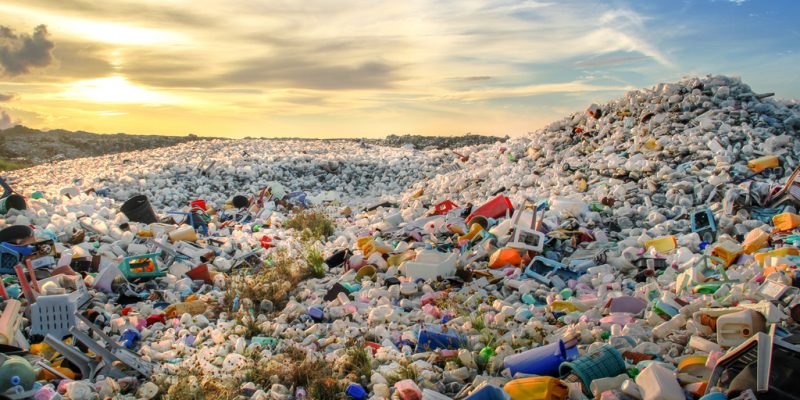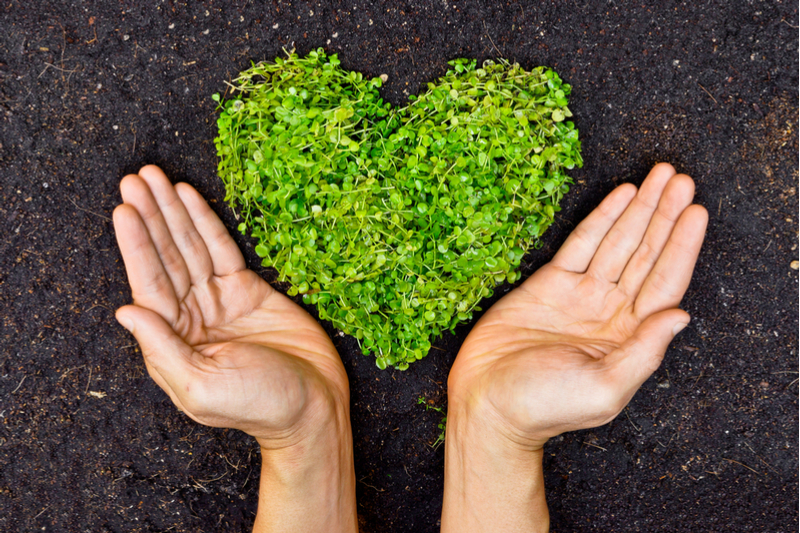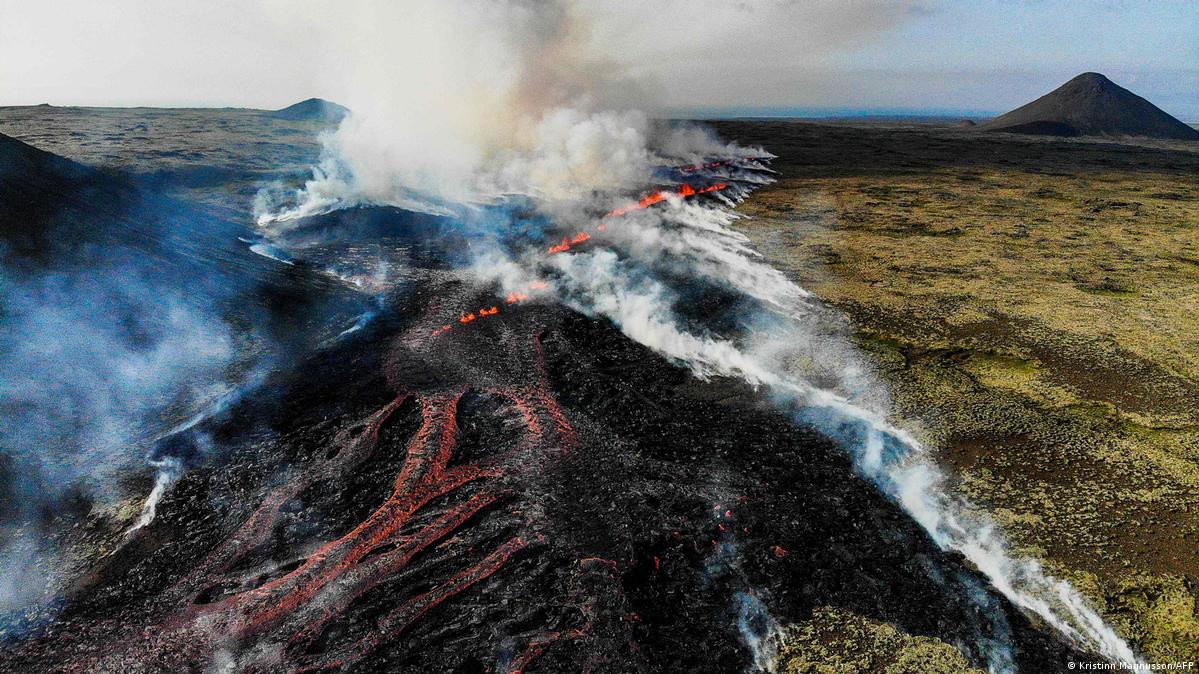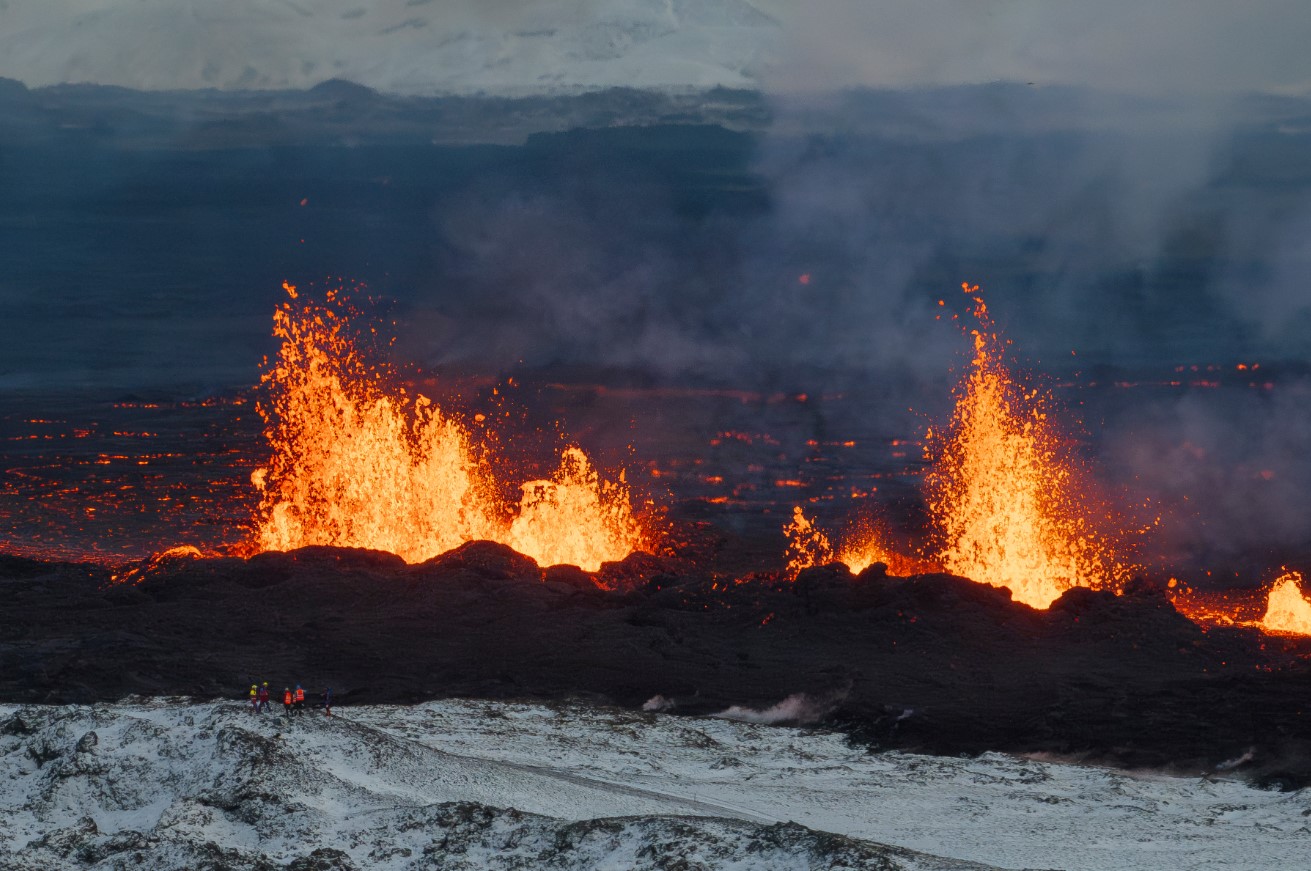Finland: the world’s leading country for environmental initiatives
Finland, with its beautiful forests, clear lakes and active society, is one of the world’s leading countries in environmental initiatives. Here are some facts and laws that support this status.
Forest conservation: Finland has some of the largest forest areas in Europe. More than 75% of its territory is covered with forests. The government is committed to sustainable forest management, as reflected in legislation governing tree felling and reforestation.
Clean and renewable energy sources: Finland is investing heavily in renewable energy such as wind, solar and biomass. Legislation encourages the development of energy-efficient technologies and the reduction of dependence on oil and gas.
Waste disposal and recycling: Finland is considered one of the leaders in waste management and recycling. More than 90% of waste is recycled, and the country aims to achieve complete waste recycling by 2050. The legislation includes strict waste management regulations and measures to reduce the use of plastic.
Protection of water resources: Finland is known for its clean lakes and rivers. Laws protect water resources and regulate wastewater from industry and agriculture to prevent pollution of water bodies.
Fighting climate change: Finland actively participates in international initiatives to reduce greenhouse gas emissions and combat climate change. The country adheres to the Kyoto Protocol and sets ambitious targets for reducing CO2 emissions.
Biodiversity protection: Finland works to protect its unique nature and biodiversity. National parks and reserves protect natural ecosystems and provide opportunities for scientific research and ecotourism.

Environmental education and awareness: Finland pays attention to environmental education and raising environmental awareness among the population. The school curriculum includes environmental education, and community organizations organize events and campaigns on ecology and sustainable development.
Overall, Finland truly deserves its reputation as one of the cleanest countries in the world. Her efforts to protect the environment and create a sustainable future make her an example for other countries to follow.
Garbage is useless wealth!
In some regions of the world, waste is becoming a real environmental disaster. However, in Finland, waste becomes a valuable resource thanks to its clever use. The country is actively moving towards the zero waste concept.
Soon (with the introduction of a new law) the removal of biowaste to landfills will be prohibited. Everything that is possible is reused, and what cannot be used again is processed to produce compost, humus and biofuels.

The heating plant in Lahti runs entirely on waste incineration, while another innovative energy system converts methane from landfill into electricity. Collecting waste in containers is already a thing of the past in Finland.
New residential areas are being actively built in Helsinki, such as Kala Satama, Jatka Saari and Herne Saari, under which a network of pneumatic pipes will be deployed, through which bags of household waste will be delivered to special stations.
There will be no dumpsters or garbage trucks plying the streets in these areas. This method of collecting and sorting waste has already been successfully used in other pilot areas of Helsinki.







